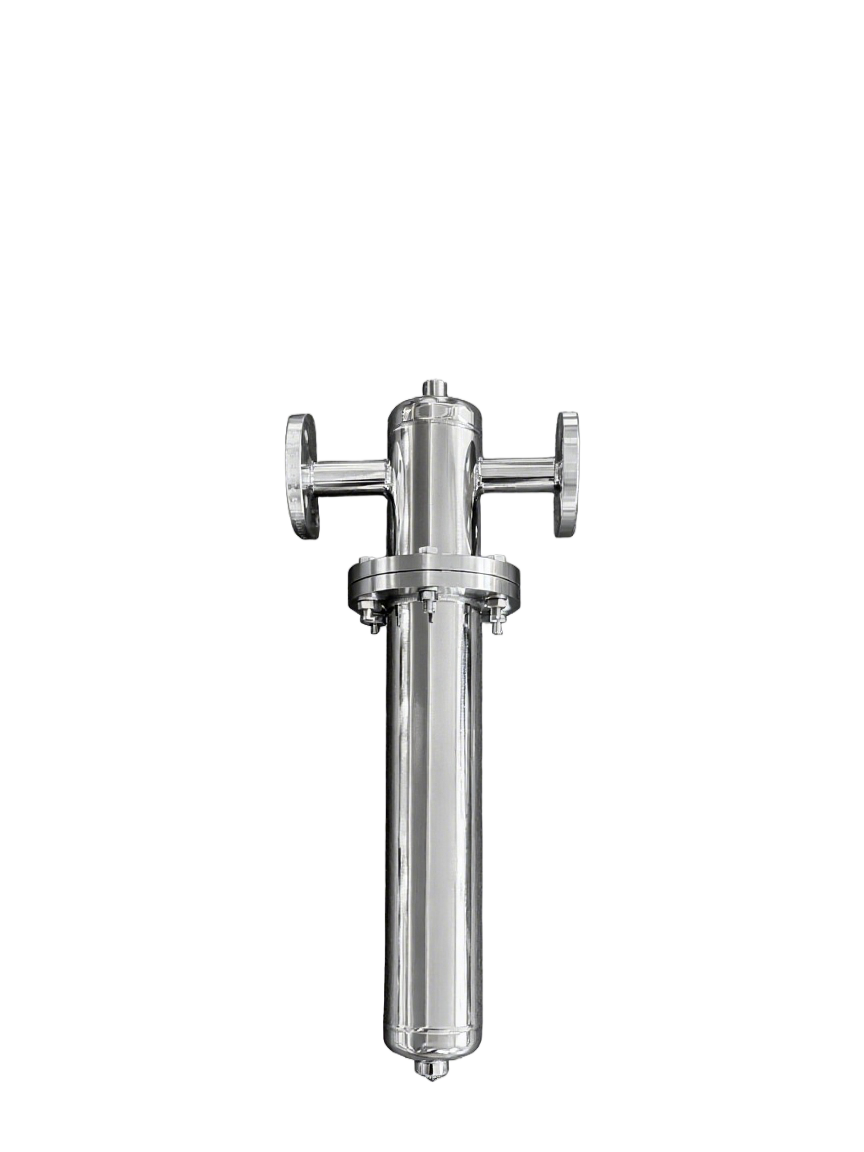Manufacturing process of solar tracker slewing drives
Solar energy is a rapidly growing sector, and with the increasing demand for efficient and reliable solar power systems, the role of slewing drives becomes increasingly important. These drives are the mechanical components that allow solar panels to follow the sun's path throughout the day, maximizing the amount of sunlight captured and, consequently, the energy produced. In this blog post, YOJU will share with you the manufacturing process of solar tracker slewing drives for sale, exploring each stage from design to final assembly.
Introduction to Solar Tracker Slewing Drives
Before we dive into the manufacturing process, let's first understand what solar tracker slewing drives are. A solar tracker is a device that orients a solar panel or a concentrated solar power reflector towards the sun. Slewing drives are the actuators that enable this movement, typically consisting of a motor, gearbox, and control system. They are designed to be robust, precise, and capable of withstanding various weather conditions.
Design and Engineering
1. Conceptualization: The first step in manufacturing a solar tracker slewing drive is to conceptualize the design based on the requirements of the solar installation. Engineers consider factors such as the size of the solar panels, the geographical location, and the expected load and weather conditions.
2. CAD Modeling: Using computer-aided design (CAD) software, engineers create detailed 3D models of the slewing drives. This stage is crucial for visualizing the design and identifying any potential issues before production begins.
3. Material Selection: The choice of materials is critical for the durability and performance of the slewing drives. Common materials include stainless steel, aluminum alloys, and high-strength plastics for various components.
4. Stress Analysis: To ensure the design can withstand the forces it will encounter, engineers perform stress analysis using finite element analysis (FEA) software.
5. Prototype Development: Once the design is finalized, a prototype is developed. This allows for testing and validation of the design in real-world conditions.

Component Manufacturing
1. Casting and Forging: For components like the gearbox housing, casting or forging processes are used to create the initial shape.
2. Machining: Precision machining processes such as CNC (computer numerical control) machining are employed to achieve the required dimensions and tolerances for the various parts.
3. Motor Production: The motor, a critical component of the slewing drive, is manufactured separately, often using automated assembly lines for efficiency and consistency.
4. Gear Cutting: Gears are cut using specialized machinery to ensure the correct tooth profiles and meshing characteristics.
5. Surface Treatment: Components may undergo surface treatments like anodizing, painting, or powder coating to protect against corrosion and improve durability.
Assembly
1. Component Preparation: Before assembly, all components are inspected for quality and prepared for assembly, which may include cleaning or applying lubricants.
2. Motor Integration: The motor is integrated with the gearbox, ensuring proper alignment and secure attachment.
3. Gearbox Assembly: The gears, shafts, and bearings are assembled into the gearbox housing, with careful attention paid to the precision of fit and alignment.
4. Control System Integration: The control system, which includes sensors, controllers, and communication interfaces, is integrated into the slewing drive.
5. Final Assembly: All components are assembled into the final product, with cables and connectors being carefully routed and secured.
Quality Control and Testing
1. Visual Inspection: Each assembled unit undergoes a thorough visual inspection to check for any defects or inconsistencies.
2. Functionality Testing: The slewing drives are tested for their operational capabilities, including rotation, speed, and accuracy.
3. Load Testing: To ensure the drives can handle the expected loads, they are subjected to load testing simulations.
4. Environmental Testing: Units may be tested under various environmental conditions to ensure they can operate reliably in different climates.
5. Quality Assurance: A final quality assurance check is performed to confirm that all specifications and standards have been met.
Packaging and Shipping
1. Packaging: The finished slewing drives are carefully packaged to protect them during transportation.
2. Documentation: Detailed documentation, including manuals and warranty information, is prepared for each unit.
3. Shipping: The packaged slewing drives are shipped to the customer or to the installation site.
Conclusion
The manufacturing process of solar tracker slewing drives is a complex and meticulous endeavor, involving careful design, precise engineering, and rigorous quality control. By following these processes, manufacturers can ensure that the slewing drives they produce are reliable, durable, and capable of maximizing the efficiency of solar tracking systems. As the demand for renewable energy continues to grow, the role of these drives in the solar industry will only become more significant.
https://www.enyoju.com/Manufacturing-process-of-solar-tracker-slewing-drives.html
www.enyoju.com
YOJU




